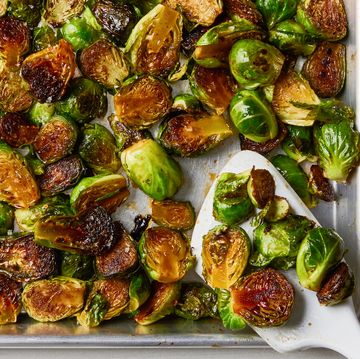10 Nutrition Rules You Never Knew You Needed

Diet Advice for Real Results

Load up on fruits and veggies. Never skip breakfast. Watch your portion sizes. While you've got a pretty good handle on the healthy eating basics, there are some lesser-known guidelines that could help you lose weight, feel fuller faster, and boost the nutrients in your food. "The key is figuring out which ones translate to your lifestyle," says Stephanie Middleberg, RD, founder of Middleberg Nutrition in New York City. So here, 10 quirky tips you've likely never heard before — test them out and determine which work best for you.
Don't Eat Fruit Alone
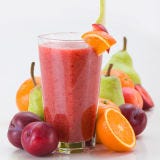
Grabbing an apple as a 4pm snack to hold you over? That's fine. Your all-fruit smoothie or gigantic bowl of melon, on the other hand, isn't going to work as a stand-alone meal, says Keri Glassman, RD, author of The New You and Improved Diet. Fruit is all carb, which makes your blood sugar spike, then drop — leaving you hungry (and tired) an hour or so later. For a meal or snack that lasts, combine fruit with protein or healthy fat, both of which slow down digestion and prevent that sugar rush.
Think: 2 tablespoons of peanut butter for dipping apple slices; 1 cup of yogurt or half an avocado blended into your smoothie; or 1/2 cup of cottage cheese to top off your bowl of pineapple.
Whole Grain Isn't Always Better
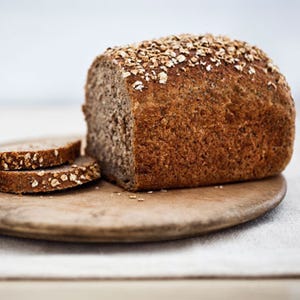
If you're choosing whole-wheat bread over the white stuff, you're probably doing your family a favor — whole grains lower your heart disease risk, keep you fuller longer, and more good things. But a new Harvard School of Public Health study found that many products with the Whole Grains Council's Whole Grain Stamp are actually higher in sugar and calories than those without the label. "A whole-grain sugar cereal is still a sugar cereal, and a whole-grain cookie is still a cookie," says Glassman. That's why experts suggest getting whole-grain goodness from the purest sources: unsweetened oatmeal, popcorn, quinoa, brown rice, and whole-wheat pasta. As for whole-grain cereals and breads, look for products that have at least 3 grams of fiber yet no more than 6 grams of sugar or 100 calories per serving, says Glassman.
Pass Up Fresh Produce — Sometimes

Get this: The longer "fresh" produce sits around, the more nutrients it loses. So if broccoli or berries are trucked across the country before hitting your grocery store, buying frozen may be better — especially in winter. "Frozen fruits and vegetables are preserved at peak ripeness," says Middleberg. "This traps nutrients and usually makes the food taste better too, which means you’ll eat more."
Pick a Fatty Salad Dressing
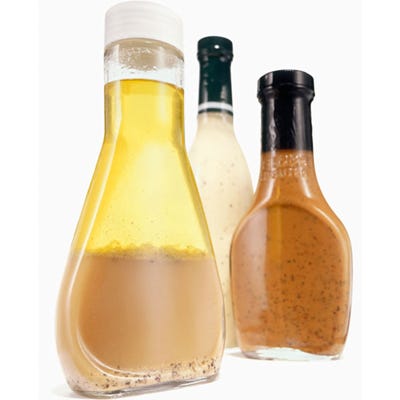
Yes, you read that right. New research out of Purdue University revealed that your body needs a little fat to help absorb the disease-fighting phytochemicals in salad's veggies. So choose an olive oil–based vinaigrette (that way you're getting healthy fats), and remember that portion size still counts, says Dawn Jackson Blatner, RD, author of The Flexitarian Diet: A 2 tablespoon serving goes a long way.
Have Your Dessert in the Morning
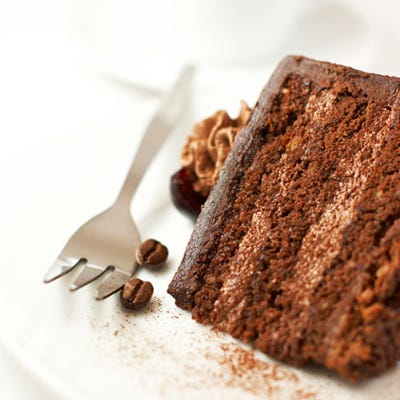
Got a terrible sweet tooth? Research shows it may pay to satisfy it in the morning, when your willpower and metabolism are strongest. "You're less likely to overeat at breakfast," says Blatner. "Plus, taking away that restrictive feeling early can keep cravings away all day long." This isn't license to knock off a huge hunk of chocolate cake as your morning meal — but a small sliver after a balanced breakfast of protein and healthy carbs (like eggs and whole-wheat toast) could help you eat healthier later.
Make Healthy Eating Harder on Yourself
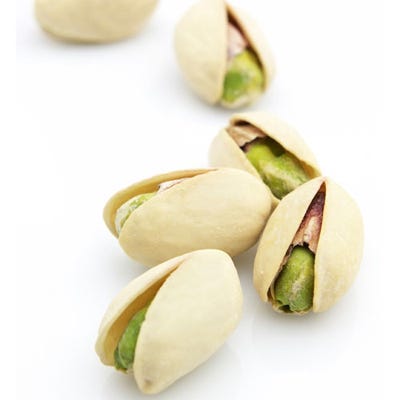
The easier you make it to diet, the better you'll do, right? Don't stock up on frozen meals just yet. "Some convenience is healthy," says Blatner, "but putting prep time into your food, even just five minutes, can help you enjoy your meals more and eat less."
The theory: Extra effort prompts you to appreciate what's in front of you — so you eat slowly, savor every bite, and get fuller faster. The same work-harder rule applies to snacking too. Researchers have found that doing something as simple as de-shelling pistachios leads to the same fullness and satisfaction in fewer calories.
Cook Pasta al Dente
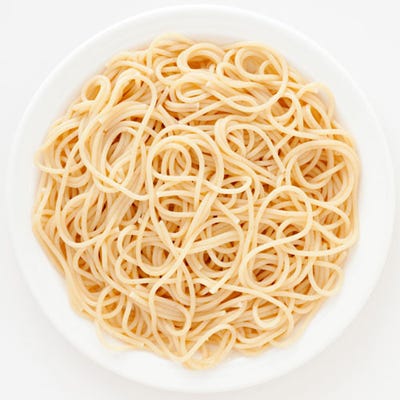
Attention, carb-lovers: A shorter cooking time for your spaghetti may translate into better digestion — and self-control. "You're going to chew tougher pasta more, versus slurping down soft noodles," says Middleberg. "That stimulates digestive enzymes so you process it better." Bonus: Blatner says there's also some science that says al dente pasta may stabilize blood sugar levels (if you believe in the glycemic index), which may ultimately ward off cravings.
Spice Up Every Meal
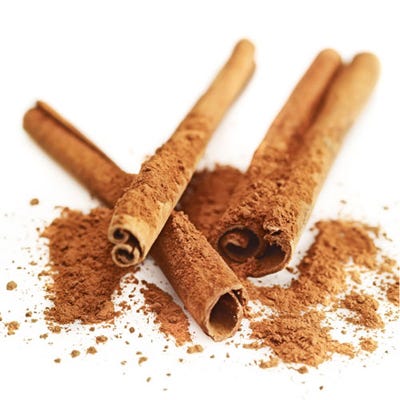
Grilled chicken breast, plain low-fat yogurt, straight-up oatmeal — avoiding heavy sauces and sugary add-ins can quickly put you in a boring-and-bland rut. The solution: adding seasonings like cinnamon, turmeric, garlic, cayenne pepper, and ginger. You won't just boost the flavor — you'll boost your health and metabolism too. "Many spices are filled with antioxidants, good for blood pressure and have immune-boosting properties," says Middleberg. "And you feel more satiated when your food is more flavorful."
Drink More Coffee

Tea is the health drink du jour, and with good reason. It's packed with potent antioxidants. But coffee is also loaded with plant compounds that could reduce your risk for diabetes and Alzheimer's-like dementia. Plus, research shows a little caffeine (if you know it doesn't make you jittery) may even help you power through an intense morning workout. "Sixteen ounces of brewed coffee before noon is your sweet spot," says Blatner. "You'll get the health benefits without disrupting your sleep."
Let Yourself Get Hungry

You've been told to snack more often to curb cravings, but experts say this "preventative eating" rule — when followed too closely — can open the door to overdoing it. "Five mini-meals a day isn't going to work for everyone," says Middleberg. "Some people eat just because they think they should, and the calories add up." So try this: Get a little hungry before your first snack of the day. If it's happening sooner than four hours post-breakfast, you're probably eating too little at your morning meal, and if it's happening later, you're eating too much. "It can help you get in touch with your hunger cues and figure out how much food your body really needs," Middleberg says.
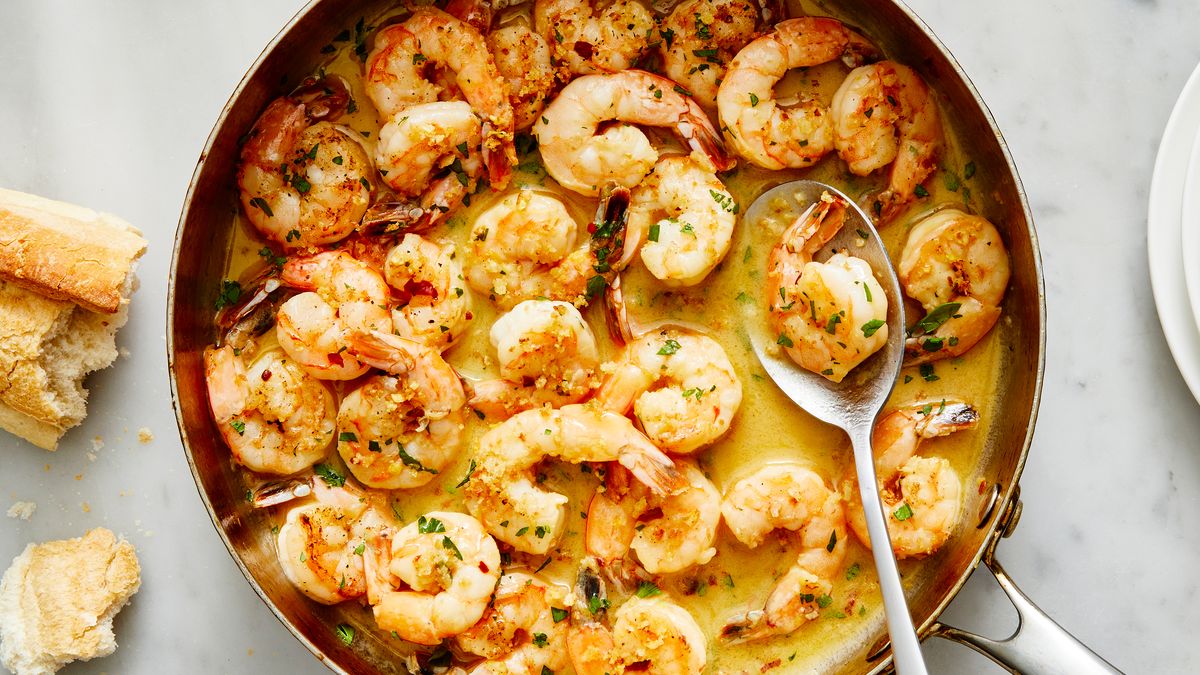

46 Best High-Protein Snacks

80 Ultimate Summer Party Appetizers

12 Best Cottage Cheese Recipes

Keto Chicken Parmesan






